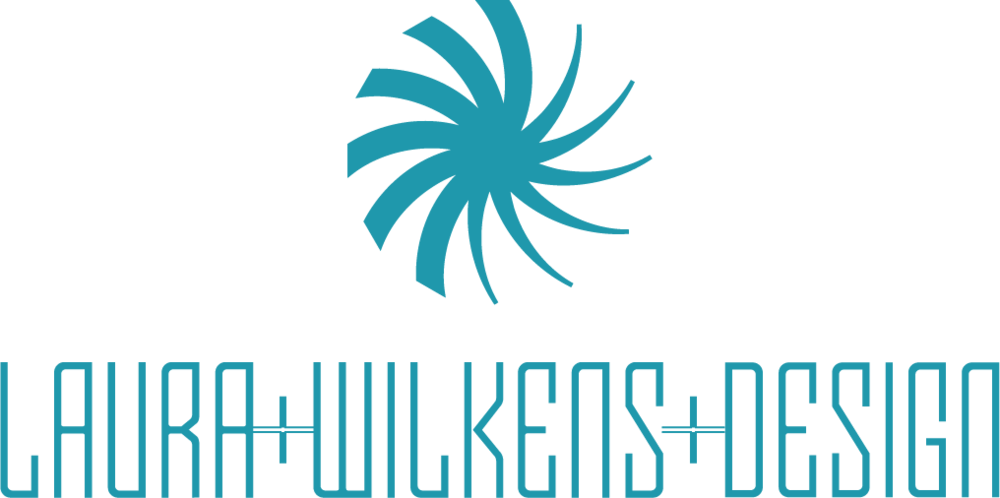research
Conducting User interviews to build empathy maps and ongoing data collection for validation (Qualitative / formative testing). The CX team that I work on helps the UX designer by building user and environmental profiles which our team would use for our preliminary work. They also help us build customer journey maps. I’ve also traveled to regions including New Mexico and Arizona to interview users in their environments to help understand their mental model, pain points, goals and jobs to be done with the products we are building. Research before and during design will improve your competitive advantage, I guarantee it. Let the user guide us to the right product, by listening, and validating what we don’t know.
-
At EMC, as product designer for a quoting app, I worked with the PO’s on a usability testing / focus group workshop where we brought agents in from all our regions. We conducted interviews, moderated usability tests and gathered feedback early on in the development stages to make sure we were building the right thing. Our aim was to be outcome-focused rather than feature focused.
design sprints
The purpose of UI Design is NOT making the app or website pretty. Refined aesthetics do build trust and credibility and a cohesive brand experience sells products, we’re figuring out what we should build first and dig for what 20% of our designs will do 80% of the work. A typical design sprint is learning about your user and designing to solve their problems. I feel the most critical part of UI design is understanding the user flow so we can build the right navigation system. I will add that in some cases where it’s redesign of a legacy app, we don’t need to go into the depth we would with a new product and can rely heavily on heuristic reviews, deconstruction and reconstruction of what we already have.
-
I have worked in week(s) long design sprints in which we tested our hypotheses with non-coded prototypes built in Sketch or Adobe XD. Results were shared with the product teams before we started development. This process works best for smaller sites or apps rather than software or website apps. In these cases, an incremental design process has served us better, with the UX team one to two sprints ahead of the dev ops. A favorite process of mine is Tres Amigos where I meet weekly with the Product Owner, a Business Analyst and possibly a developer or solution architect to start looking at the story map and prioritizing what work we will bring in next or white perhaps white boarding some ideas. This is an opportunity for me to ask questions about the back end development and possible technical problems or solutions.Check this mock I can show you of a weekend design sprint I created for a proposal for Pella Windows as a redesign. text goes here
usability testing
We want to test products by poking holes and looking for pain points (quant, summative testing). I have facilitated many usability tests through the iterative design process. This includes:
Working with the PO for a task list
Writing the scripts
Building the click-through prototype
Conducting the tests (usually moderated using a talk out loud protocol)
Training others about confirmation biases that could affect the test outcomes
Conducting a SUS survey (system usability) and sharing results in polished presentations (if warranted) with the team and the business.
Tests consistently provide key insights and PO’s embrace the value of measurement and validation when they see the results. Testing can be low-effort, or it can be high-effort if you have risky hypotheses. Testing saves money in the end, and you deliver a better product, period. But let me show you rather than give you the narrative.
Example of a Survey with a single question when you’re trying to get immediate feedback





